1. Understanding of the health benefits of herbal tea in traditional Chinese medicine.
In traditional Chinese medicine, the understanding of the principles of drug treatment is mainly explained through the theories of "four qi," "five flavors," "ascending and descending," and "meridian tropism."
1) Four qi: This includes cold, hot, warm, and cool. It is derived from the classification and summary of diseases with different properties. Although there are many types of diseases in the human body, they can be summarized into these basic types. Through extensive clinical practice, the functions of medicinal plants have been summarized. For example, herbs that can treat cold diseases belong to the warm or hot nature, and have the functions of warming, assisting yang, dispelling cold, and replenishing qi, such as Aconite and Dried Ginger. Herbs that can treat hot diseases belong to the cool or cold nature, and have the functions of clearing heat, eliminating fire, cooling blood, detoxifying, and nourishing yin, such as Coptis and Rehmannia. In addition, herbs that can treat weakness in the body have the functions of tonifying qi, strengthening yang, nourishing yin, nourishing blood, and calming the mind, such as Ginseng and Angelica. Herbs that can treat diseases caused by excessive body function or external pathogenic factors have the functions of purging, diuresis, promoting bowel movements, dispelling stasis, and promoting blood circulation, such as Rhubarb and Ligusticum.
2) Five flavors: It refers to the five different tastes of herbs: pungent, sour, sweet, bitter, and salty. Pungent herbs can disperse and promote the circulation of qi, such as Ephedra, Cinnamon Twig, and Perilla Leaf, which are used to relieve exterior syndromes. Sour herbs have the function of astringing and consolidating, such as Chinese Olive, which is used for astringent purposes. Bitter herbs can purge, dry dampness, and descend qi, such as Coptis. Sweet herbs have the function of nourishing, such as Licorice. Salty herbs can soften hardness and resolve masses, such as Kelp.
3) Ascending and descending: It refers to the ability of herbs to produce effects such as ascending, descending, floating, and sinking in the body. This can correct the deviation of the disease progression. Herbs that ascend and float usually have the functions of warming yang, dispersing, and relieving exterior syndromes. Herbs that sink and descend usually have the functions of clearing heat, purging, diuresis, descending rebellious qi, calming asthma, and subduing yang.
4) Meridian tropism: It refers to the selective therapeutic effects of herbs on specific organs, meridians, and collaterals in the body. For example, Coptis has the ability to clear and drain heart fire, so it is considered to enter the Heart meridian. In summary, the pharmacological effects of traditional Chinese medicine are accomplished through the mechanisms of four qi, five flavors, ascending and descending, and meridian tropism. Although each herb has several functions, or even multiple functions, there is always a primary and secondary distinction. It is impossible to find a single herb that can cure all diseases. By using herbs with different functions and different medicinal strengths, guided by the theory of traditional Chinese medicine, and through the rational combination of herbs based on syndrome differentiation, the overall synergistic effect of the herbs can be effectively exerted, thus achieving the goal of treating various common and difficult diseases. Herbal tea is also used under the guidance of the theory of traditional Chinese medicine. Its health maintenance mechanism is the same as other methods of traditional Chinese medicine. It achieves the goal of treating diseases through the mutual antagonism between the medicinal properties and the pathogenic factors, as well as the coordination and supplementation of the medicinal properties with the body's righteous qi. For example, for hot diseases characterized by symptoms such as high fever, thirst, preference for cold drinks, and restlessness, using cold herbs or even consuming cold drinks can effectively suppress excessive heat pathogens and eventually restore the balance of yin and yang in the body.
2. Modern pharmacology's understanding of the health benefits of herbal tea.
1) Herbal teas with the function of clearing heat and eliminating fire: They mainly exert their therapeutic effects through the following ways: antibacterial action. These herbs have varying degrees of antibacterial activity. For example, Honeysuckle, Forsythia, and Dandelion have strong inhibitory effects on organisms such as Staphylococcus aureus. Antiviral action. Isatis Leaf and Isatis Root have inhibitory effects on influenza viruses. Detoxifying action. Cortex Moutan and Coptis can inhibit the formation of coagulase by Staphylococcus aureus at non-bactericidal concentrations, weakening the bacterial virulence. Anti-inflammatory action. Forsythia can inhibit inflammatory exudation, and Scutellaria can counteract inflammation with allergic reactions. Enhancement of immune function. Fishwort can increase the concentration of endogenous interferon, thereby improving non-specific immune function to resist pathogenic invasion. Other effects include sedation, anticonvulsant, and anticoagulant actions.
2) Herbal teas with the function of dispersing wind and relieving exterior syndrome: They mainly exert their therapeutic effects through the following ways: diaphoretic action. Ephedrine and the volatile oil of Ephedra have diaphoretic effects. Cinnamon Twig can promote peripheral blood circulation and assist Ephedra in inducing sweating. Antipyretic action. Cinnamon Twig, Schizonepeta, and Saposhnikovia can lower body temperature through sweating and anti-inflammatory effects. Bronchodilator action. Ephedrine has bronchodilator effects similar to adrenaline, but milder and longer-lasting. Anti-inflammatory action. Saposhnikovia and Mentha can inhibit the inflammatory process. Anti-allergic action. Ephedra water extract can suppress the release of allergic mediators. Diuretic action. Ephedrine can affect the dilation of renal blood vessels, achieving the purpose of diuresis.
3) Herbal teas with the function of eliminating dampness and promoting diuresis: They mainly exert their therapeutic effects through the following ways: diuretic action. Poria, Alisma, Akebia, and Lysimachia have varying degrees of diuretic effects. Hypotensive action. Reserpine and Polyporus decoction both have hypotensive effects. Influence on lipid metabolism. Alisma has anti-fatty liver and lipid-lowering effects. Cholagogue action. Polyporus can increase bile secretion. Hypoglycemic action. Corn silk has a significant hypoglycemic effect.
4) Herbal teas with the function of stopping cough, resolving phlegm, and soothing the throat: They mainly exert their therapeutic effects through the following ways: expectorant action. Bulbus Fritillaria contains alkaloids that have a significant expectorant effect. Antitussive and anti-asthmatic action. Platycodon and Pinellia have inhibitory effects on the cough center.
5) Herbal teas with the function of nourishing the heart and calming the mind: They mainly exert their therapeutic effects through the following ways: sedative and hypnotic action. Suanzaoren saponins and flavonoids have this effect, and succinic acid has an inhibitory effect on the central nervous system. Anticonvulsant action. Suanzaoren and Yuanzhi can counteract seizures caused by pentylenetetrazol. Expectorant action. Yuanzhi saponins can stimulate the gastric mucosa, reflexively causing expectoration. Cooling action. Succinic acid can lower body temperature.
6) Herbal teas with the function of soothing the liver and regulating qi: They mainly exert their therapeutic effects through the following ways: action on the smooth muscles of the gastrointestinal tract. Citrus Peel, Green Tangerine Peel, and Fructus Aurantii can relieve spasms of the gastrointestinal smooth muscles. Fructus Aurantii and Lindera can stimulate gastrointestinal secretion. Cholagogue action. Borneol, Green Tangerine Peel, and Cyperus can increase bile secretion, relax the sphincter of Oddi, and reduce gallbladder pressure. Relaxation of bronchial smooth muscles. Myrcia, Green Tangerine Peel, and Citrus Peel have this function. Blood pressure-raising and anti-shock action. Cyperus and Citrus Peel have this function.
7) Herbal teas with the function of promoting digestion and invigorating the stomach: They mainly exert their therapeutic effects through the following ways: digestive enzyme action. Hawthorn and Fermented Soybean contain lipase and amylase, which help with digestion. Vitamin action. These herbs contain various vitamins, which help maintain normal digestive function. Promotion of the secretion of digestive juices. Radix Pseudostellariae volatile oil can promote gastric juice secretion. Improvement of gastrointestinal motility to eliminate gastrointestinal gas. Reduction of blood lipids.
8) Herbal teas with the function of warming and dispersing cold: They mainly exert their therapeutic effects through the following ways: cardiac and anti-arrhythmic action. Aconite and Aconitum decoction have strong cardiac effects on the isolated and in situ hearts of various animals, increasing myocardial contractility, heart rate, and cardiac output. Vasodilation, improvement of circulation, and anti-hypoxia effects. Asarum and Cinnamon can dilate blood vessels and increase blood flow in the coronary arteries. Anti-shock action. Cinnamon, Ginger, and Aconite can improve blood circulation by dilating blood vessels and improving coronary blood flow. They can increase blood flow to the body surface and peripheral capillaries, raising body temperature. Stomach-invigorating action. The pungent and spicy components of ginger can stimulate gastric mucosa, improving local blood circulation. Anti-emetic action. Aconite and Cinnamon can stimulate the sympathetic nervous system.
9) Herbal teas with the function of dispelling wind, removing dampness, and strengthening muscles and bones: They mainly exert their therapeutic effects through the following ways: anti-inflammatory action. Rhizoma Gentianae, Stephania, and Anemarrhena can stimulate the pituitary-adrenal cortex system, improving adrenal cortex function. Eleutherococcus can increase the phagocytic function of inflammatory exudate cells. Analgesic action. Stephania alkaloids can increase pain threshold in rats. Qingfengteng alkaloids have a chemical structure similar to morphine but without addictive properties. Immune action.




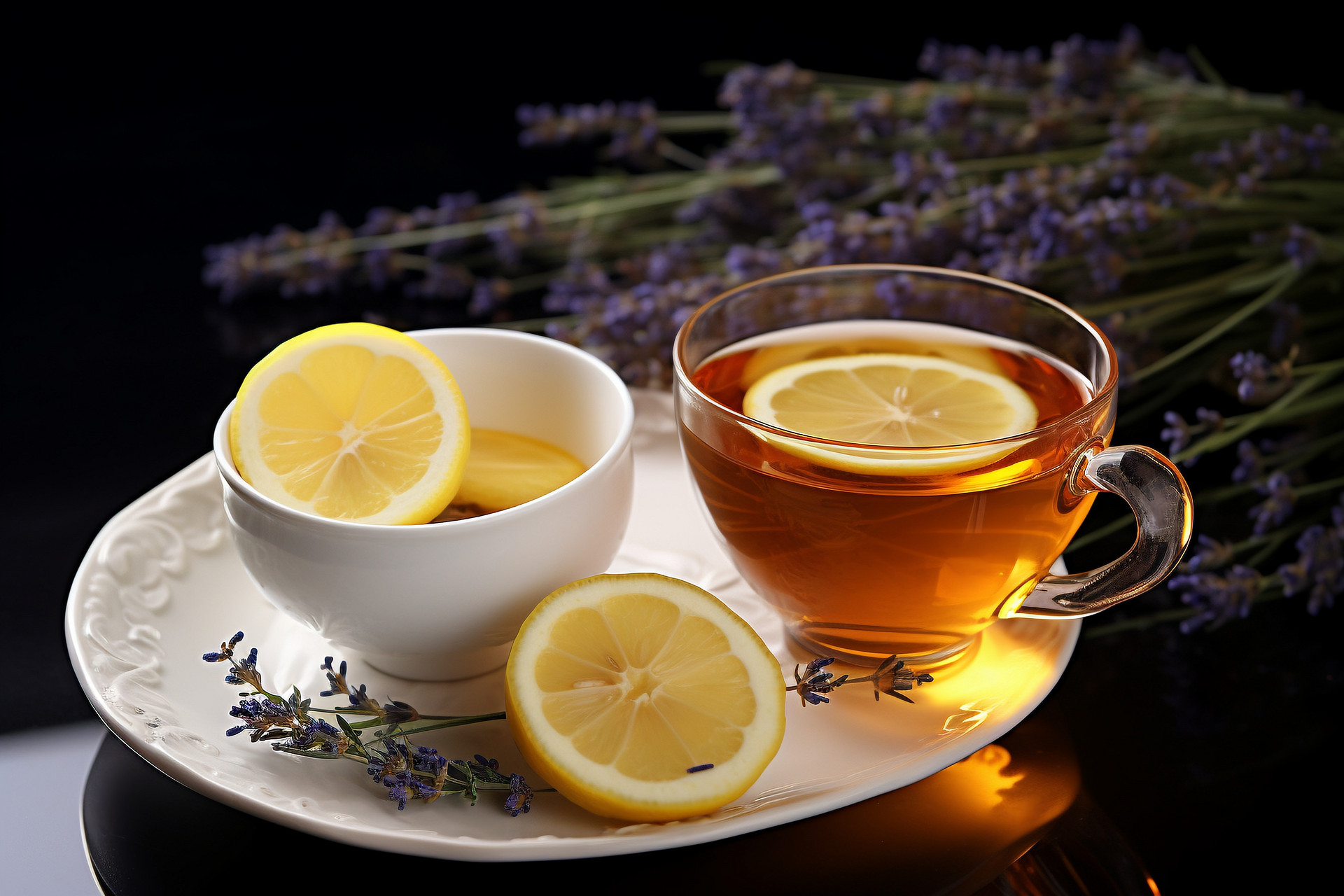
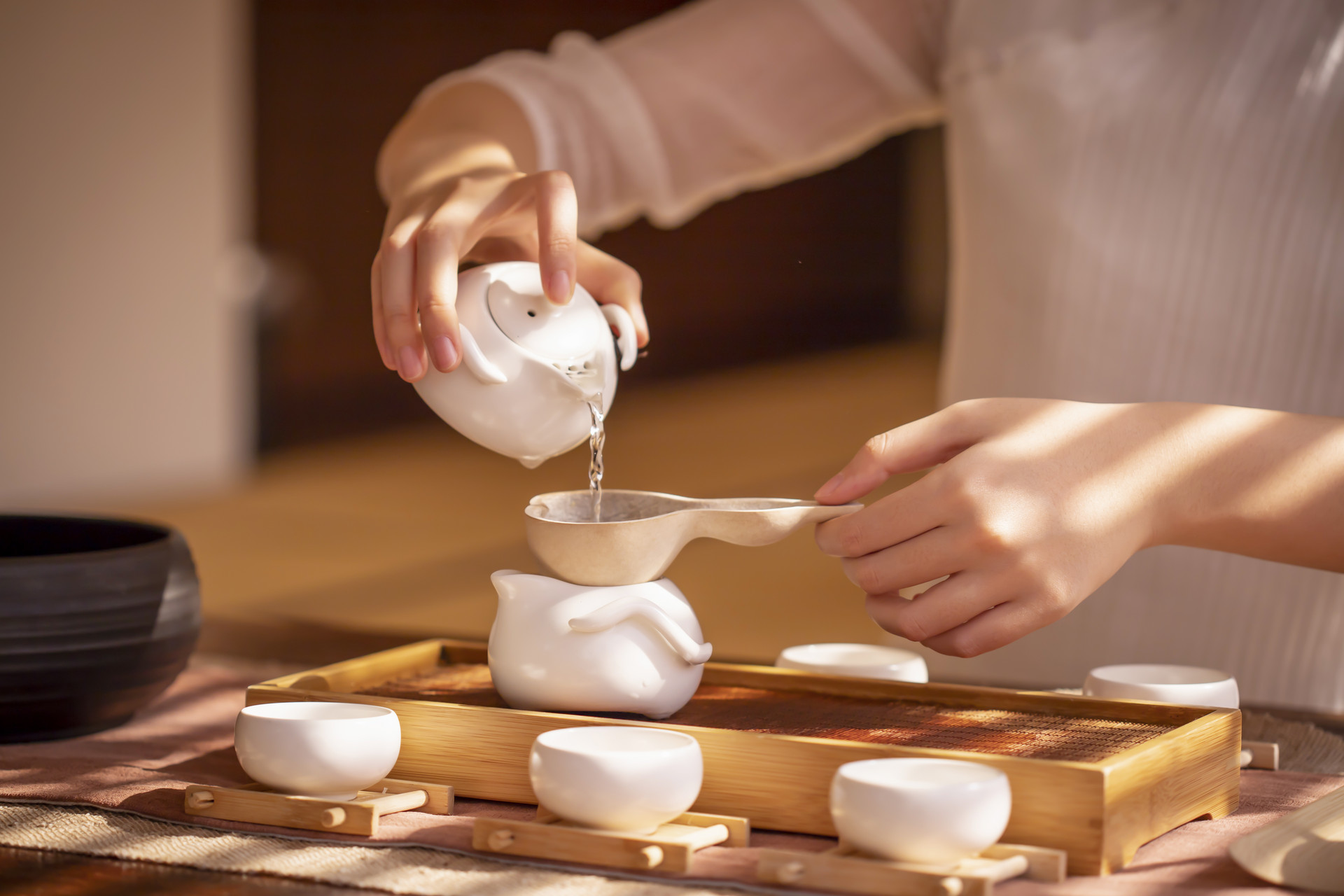
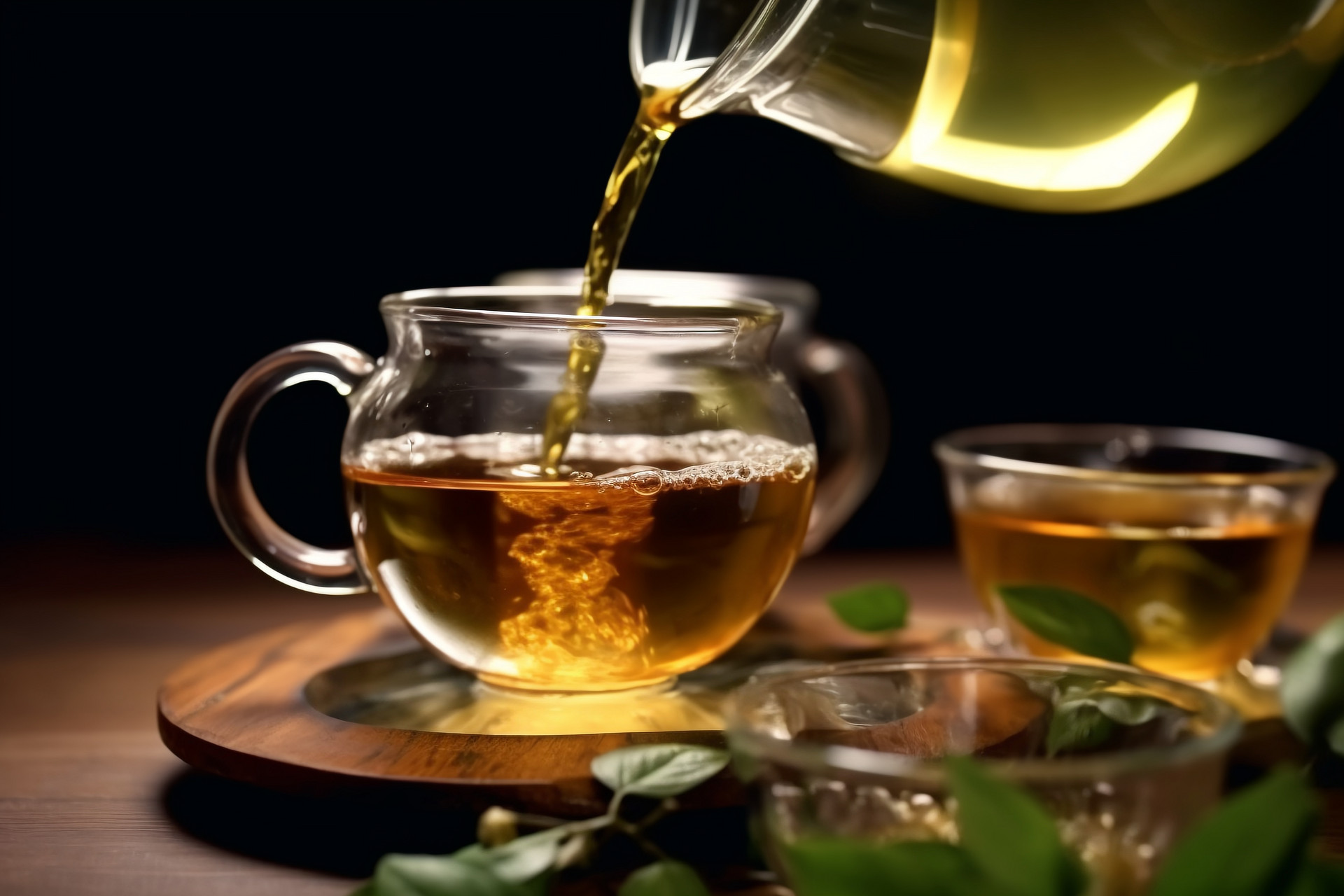

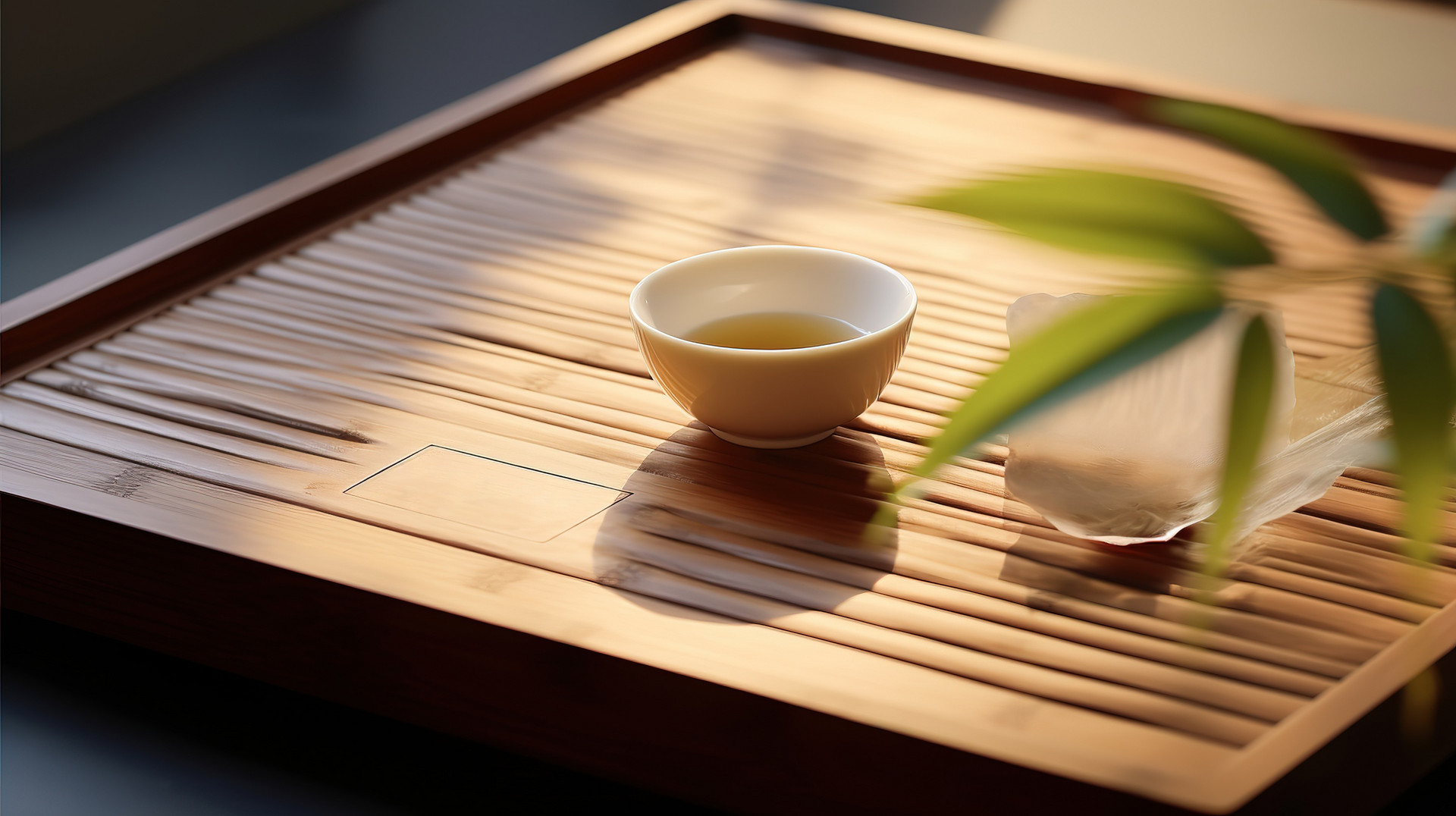
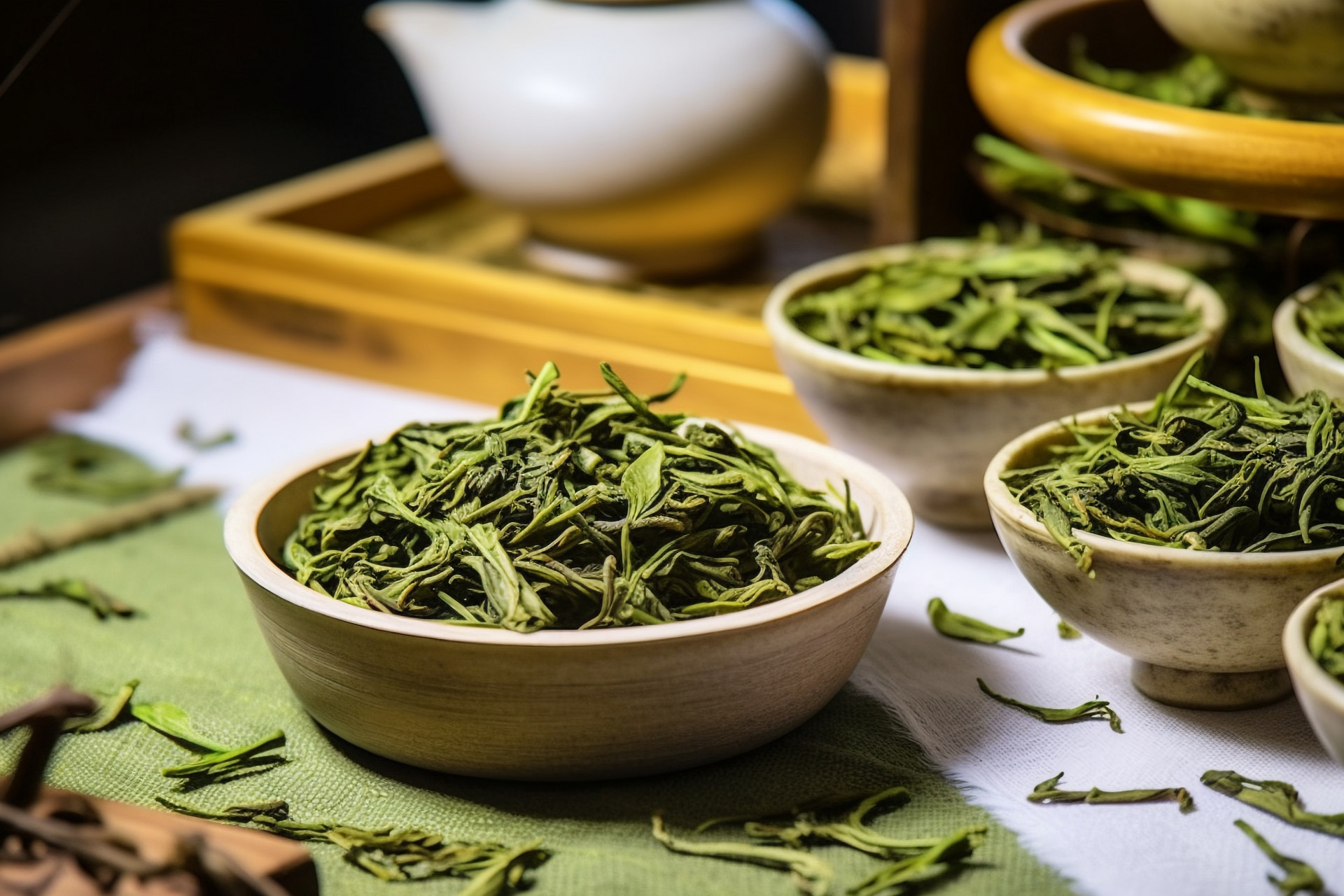
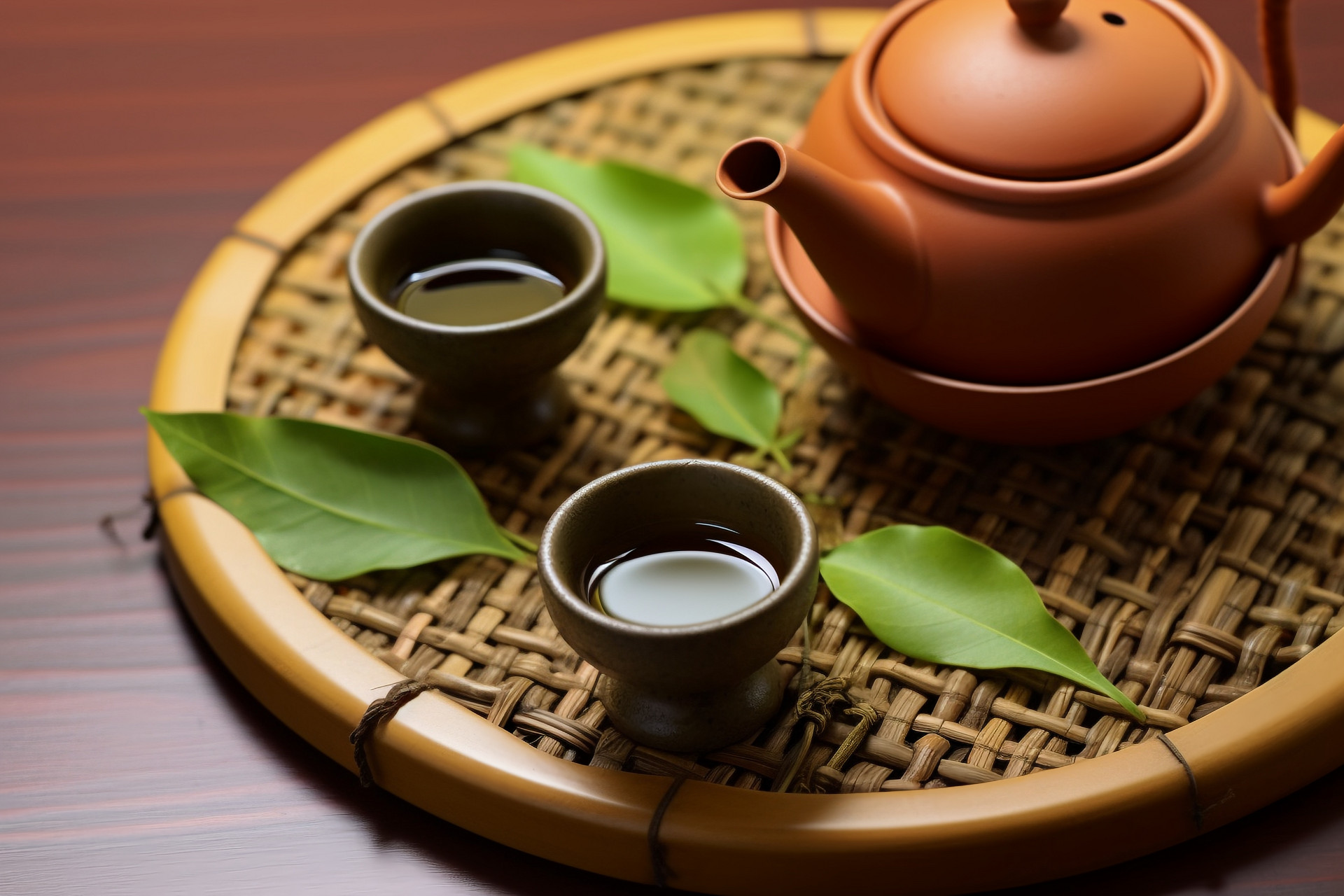
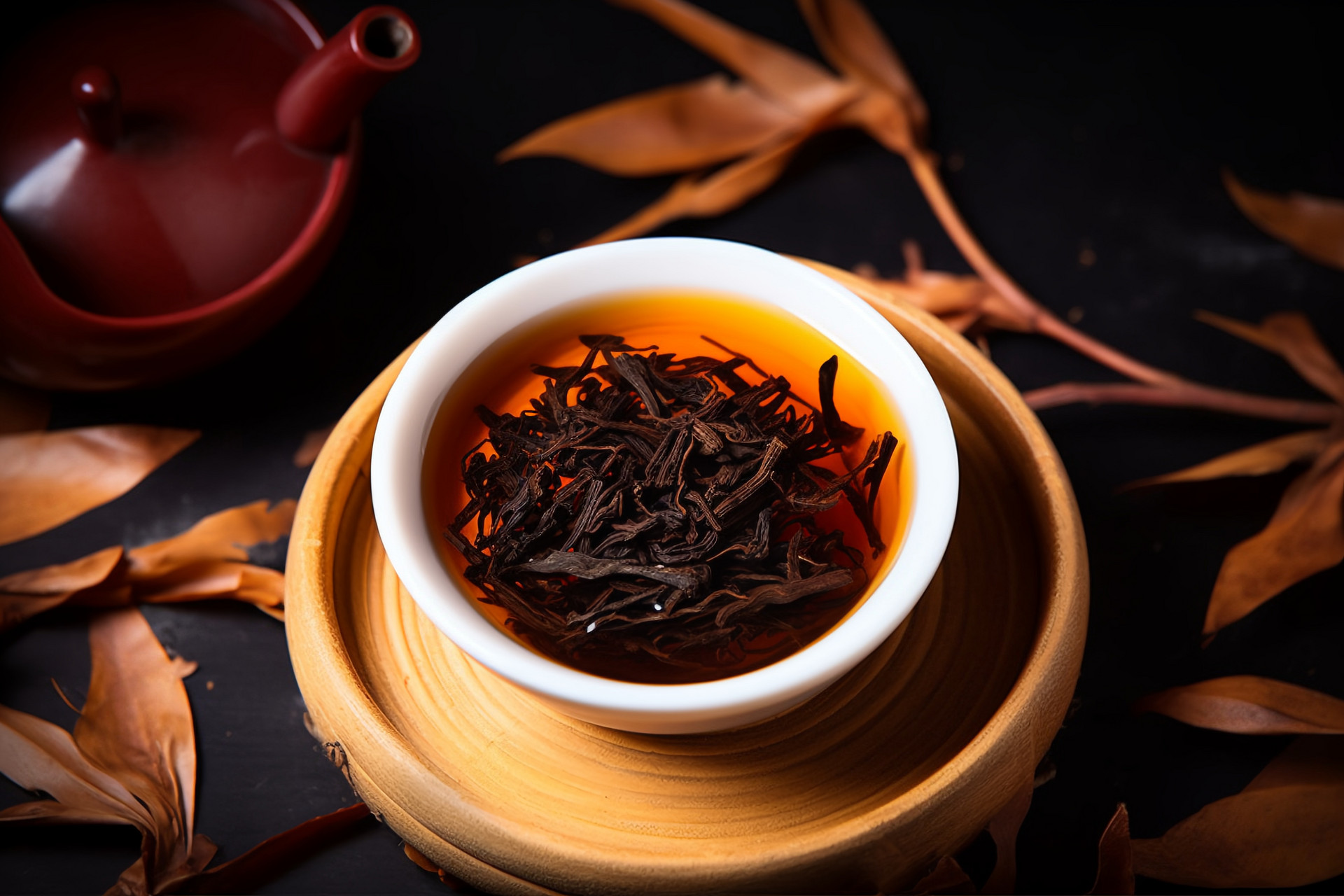
![[Herbal Wine Recipes for Health and Beauty]](https://tcmmaintenance.com/uploads/20240715/7241f6b6eafdaed88c28b26a37213964.jpg)